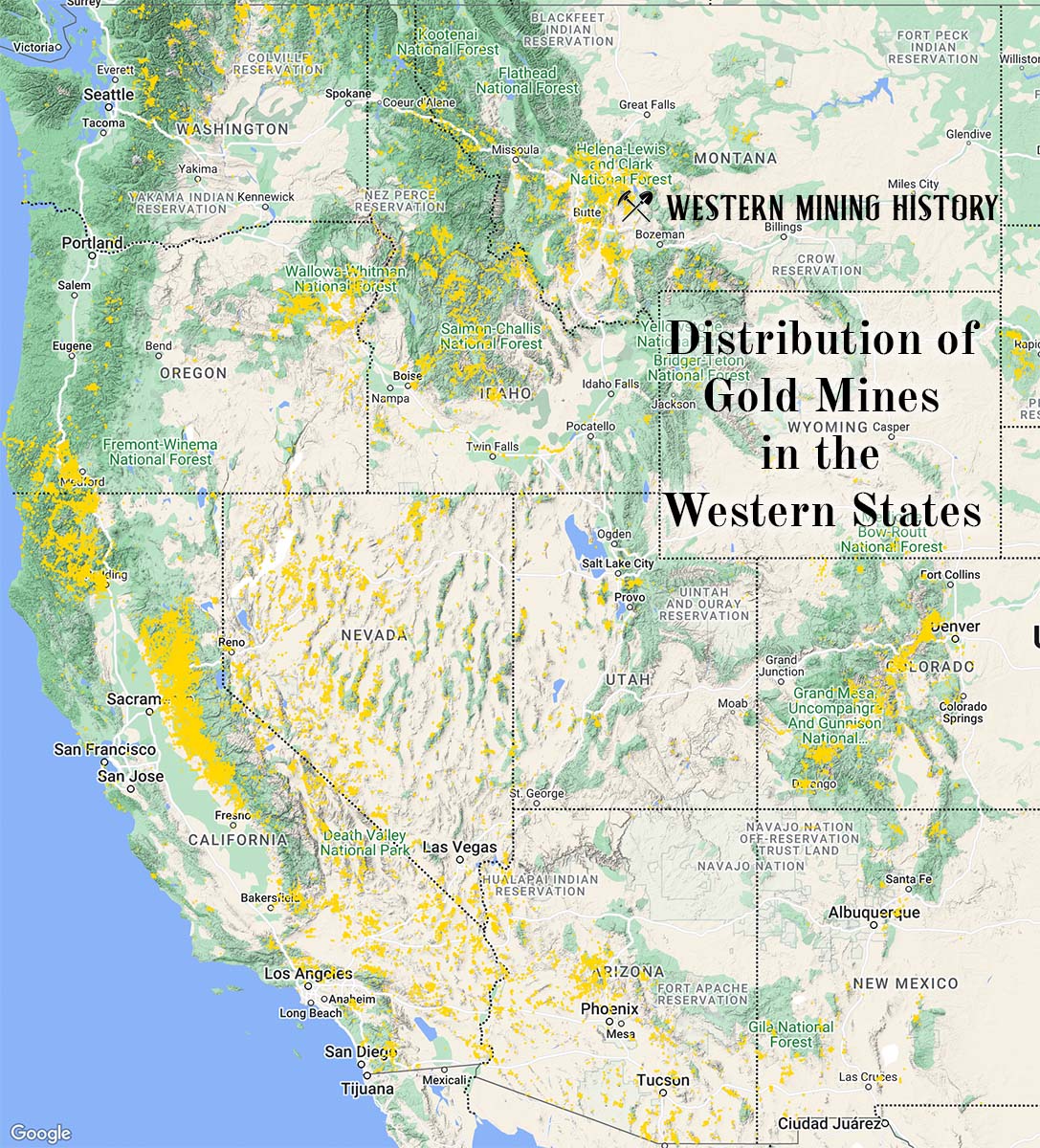The Baltic Star is a gold mine located in Alaska.
About the MRDS Data:
All mine locations were obtained from the USGS Mineral Resources Data System. The locations and other information in this database have not been verified for accuracy. It should be assumed that all mines are on private property.
Mine Info
Baltic Star MRDS details
Site Name
Primary: Baltic Star
Secondary: Queen
Commodity
Primary: Gold
Secondary: Zinc
Secondary: Lead
Location
State: Alaska
District: Ketchikan
Land Status
Not available
Holdings
Not available
Workings
Not available
Ownership
Not available
Production
Not available
Deposit
Record Type: Site
Operation Category: Prospect
Operation Type: Unknown
Years of Production:
Organization:
Significant:
Physiography
Not available
Mineral Deposit Model
Model Name: Low-sulfide Au-quartz vein
Orebody
Not available
Structure
Not available
Alterations
Not available
Rocks
Not available
Analytical Data
Not available
Materials
Ore: Galena
Ore: Gold
Ore: Pyrite
Ore: Sphalerite
Gangue: Quartz
Comments
Comment (Deposit): Model Name = Low-sulfide Au-quartz veins (Cox and singer, 1986; model 36a)
Comment (Geology): Age = Maas and others (1995, p. 215) note that the quartz in the veins in this area is not recrystallized; the veins thus are probably younger than most or all of the Late Cretaceous regional metamorphism.
Comment (Geology): Geologic Description = The country rocks in this part of Revillagigedo Island are marine, interbedded, andesitic and basaltic metavolcanic rocks and subordinate pelitic metasedimentary rocks that are intruded by stocks, sills, and dikes of Cretaceous feldspar-porphyritic granodiorite (Berg and others, 1988). The strata and some of the granodiorite were regionally metamorphosed to greenschist grade in Late Cretaceous time. These regionally metamorphosed rocks subsequently were locally remetamorphosed to hornblende hornfels near the contacts of Cretaceous granodiorite plutons that were emplaced after the regional metamorphism. The premetamorphic age of the strata is uncertain. Berg and others (1988) assign them a Mesozoic or (late) Paleozoic age. Berg (1982) and Crawford and others (in press) assign them to the Gravina belt, of Late Jurassic or Cretaceous age, or to the Taku terrane, of late Paleozoic to Late Triassic age. The metamorphic and intrusive rocks locally are overlain by basalt and andesite lava flows of Quaternary or Tertiary age.? the Baltic Star and Queen claims are on a quartz fissure vein that strikes generally eastward and dips steeply to vertically, across the foliation of the enclosing schist, which strikes N20W and dips 70NE (Wright and Wright, 1908, p. 148). The vein is 1-6 feet thick and contains small amounts of pyrite, sphalerite, and [probably] galena, along with low values in gold. The deposit was explored in the early 1900s by opencuts, two short prospect tunnels, and an inclined shaft 40 feet deep (Wright and Wright, 1908, p. 148). Maas and others (1995, p. 215) note that the quartz in the veins in this area is not recrystallized; the veins thus are probably younger than most or all of the Late Cretaceous regional metamorphism.
Comment (Deposit): Other Comments = the Baltic Star prospect was erroneously called 'Baltic' by Wright and Wright (1908, p. 148) and by Elliott and others (1978, loc. 88).
Comment (Workings): Workings / Exploration = The deposit was explored in the early 1900s by opencuts, two short prospect tunnels, and an inclined shaft 40 feet deep (Wright and Wright, 1908, p. 148).
Comment (Reference): Primary Reference = Wright and Wright, 1908; Maas and others, 1995
References
Reference (Deposit): Crawford, M.L., Crawford, W.A., and Gehrels, G.E., 2000, Terrane assembly and structural relationships in the eastern Prince Rupert quadrangle, British Columbia, in H.H. Stowell and W.C.McClelland, eds., Tectonics of the Coast Mountains, southeastern Alaska and British Columbia: Boulder, Colorado, Geological Society of America Special Paper 343, p. 1-21.?
Reference (Deposit): Berg, H.C., Elliott, R.L., and Koch, R.D., 1988, Geologic map of the Ketchikan and Prince Rupert quadrangles, southeastern Alaska: U.S. Geological Survey Mineral Investigations Series Map MF-1807,27 p., scale 1:250,000.
Reference (Deposit): Maas, K.M., Bittenbender, P E., and Still, J.C., 1995, Mineral investigations in the Ketchikan mining district, southeastern Alaska: U.S. Bureau of Mines Open-File Report 11-95, 606 p.
Reference (Deposit): Wright, F.E., and Wright, C.W., 1908, The Ketchikan and Wrangell mining districts, Alaska: U.S. Geological Survey Bulletin 347, 210 p.
Reference (Deposit): Elliott, R.L., Berg, H.C., and Karl, Susan, 1978, map and table describing metalliferous and selected nonmetalliferous mineral deposits, Ketchikan and Prince Rupert quadrangles, Alaska: U.S. Geological Survey Open-file Report, 78-73-B,17 p., scale 1:250,000.
Reference (Deposit): Berg, H.C., 1982, The Alaska Mineral Resource Assessment Program; guide to information about the geology and mineral resources of the Ketchikan and Prince Rupert quadrangles, southeastern Alaska: U.S. Geological Survey Circular 855, 24 p.
The Top Ten Gold Producing States

These ten states contributed the most to the gold production that built the West from 1848 through the 1930s. The Top Ten Gold Producing States.